Sea, sand & stars: Astronomy on the Caribbean islands
What could be better than a sun-drenched day and a starry night sky? Editor Nashanty Brunken takes you out of corona-isolation and into the history of Caribbean astronomy.
On February 23, 2021 the small island of St. Eustatius (Statia) opened the doors of its brand new planetarium, allowing visitors to step out of their warm tropical daily life and submerge themselves into the vast expanse of the universe. Although it is the second smallest of the six Dutch Caribbean islands with a population of about 3,200 people, it is the first island to introduce a planetarium in the Caribbean.
The project was led by Dutch astronomer Jaap Vreeling who had previously worked on St. Eustatius and had a vision to bring a planetarium to the tiny island. This vision became the ‘Statia Dome Project’ and culminated with the opening of what is now known as the Lynch Planetarium. Jaap had argued that unlike big cities, St. Eustatius was essentially free of light pollution and that the island was thus blanketed by clear skies. He realized that a planetarium was ideal to help explain the celestial sights above St. Eustatius and that in addition to its educational purpose, it could also serve as a tourist attraction.
This is a big step for the cluster of islands scattered across the Caribbean Sea whose history with astronomy dates back to the indigenous people that lived there, the Arawak and the Caribs. It is believed that the tribes all practiced astronomy in some measure in order to predict seasons and perform their rituals. The subject had been woven into some of their myths and legends as well. With the arrival of the European colonizers however, the tribes disappeared from the islands along with almost all records of them. Consequently, very little is actually known about their customs.
The centuries that followed were marred by the Transatlantic Slave Trade and the population on the islands consisted mostly of African slaves who were oppressed and unable to practice their own customs and beliefs. Whether or not astronomy was part of their culture is therefore not really known.
After a long period of dormancy, astronomy slowly started to make its way back to the Caribbean. Puerto Rico for instance became home to the Arecibo Observatory in the 1960s. With a 305-meter-wide dish, the Arecibo was the largest single aperture telescope in the world for five long decades. Smaller observatories such as the Harry Bayley Observatory in Barbados and the Etelman Observatory in St. Thomas were also inaugurated with the help of amateur astronomers and donations.
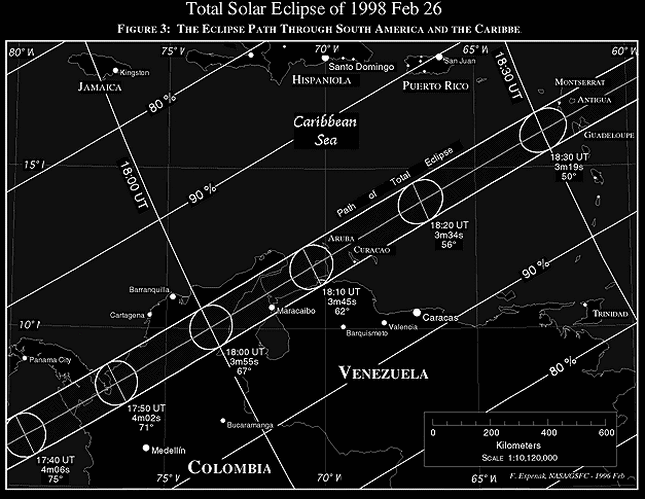
A handful of the Caribbean islands became the focus of the astronomical world as well when scientists all across the globe travelled to the sunny region to witness the Caribbean Solar Eclipse of 1998. Curaçao and Aruba were ideal spots to watch the natural phenomenon since the eclipse center line passed directly between the two Dutch Caribbean islands. Moreover, weather conditions on both islands were perfect to watch the occultation. Paul Maley from NASA Johnson Space Center was among the many scientists who had travelled to Curaçao to witness the eclipse and he recounted the event as “one of the most impressive of its kind.” Aside from the NASA scientists, large research groups from Holland and Canada also flew to the Caribbean and the event was broadcasted live by CNN international from both Curaçao and Aruba.
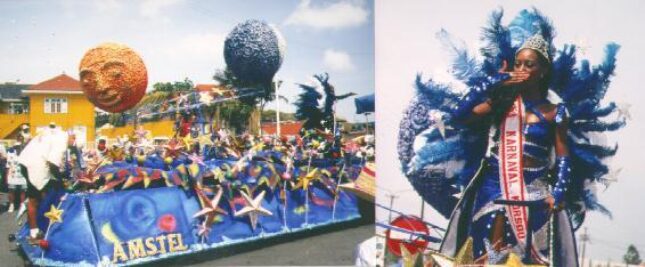
A once-in-a-lifetime eclipse just two days after the end of Carnival season, the most important season in the Caribbean, only heightened the palpable excitement in Curaçao. Special stamps were issued by the government to commemorate the event and the Carnival festivities were tinged with astronomical themes. With the small islands being popular tourist destinations however, the sudden increase in activity and visitors naturally added an additional pressure on the tourism. According to Don Hassler from the Southwest Research Institute however, when tourists and researchers alike got stressed out the local people would offer help and tell them in true island fashion that “it’s too HOT to get stressed out!"
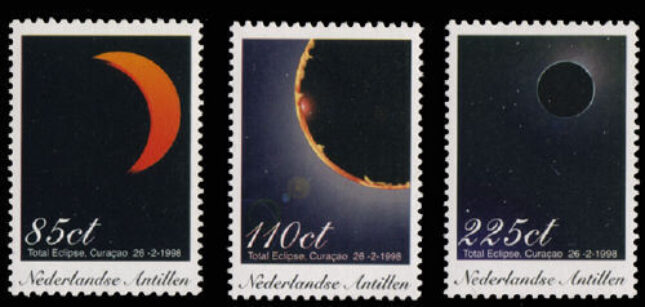
The solar eclipse was a major astronomical event for the Caribbean islands and many who have witnessed it still recall the day when the sun abruptly stopped shining in the warm tropical region.
Another story involving an eclipse in the Caribbean was Columbus’ infamous lunar eclipse of 1504. During one of his journeys to the New World he found himself stranded on the Caribbean island of Jamaica. He and his crew were welcomed by the Arawak inhabitants who fed them and provided them with shelter. After Columbus’ crew rebelled and killed some of the Arawak people however, the tribe refused to help them any further. Columbus had been aware that a lunar eclipse was set to occur the night of February 29th 1504 and had tricked the tribe into believing that they had angered his God by refusing to assist him. They were told that his God was going to signal his displeasure by turning the moon red and when the Blood Moon appeared in the sky three days later, the tribe had returned to Columbus begging for forgiveness. They had resumed their food provision and assisted the crew until Columbus was finally rescued from the island.
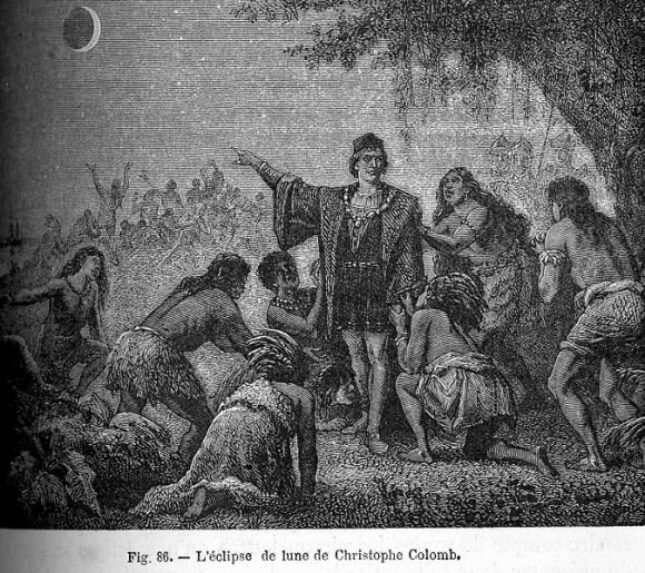
Astronomy in the Caribbean started with its native inhabitants but had stayed quiescent in the years that had followed. In more recent years it seems that the subject is finally being roused from its deep slumber with the rise of new associations and amateur astronomy. Now with the opening of the region’s first planetarium it seems that a lot of new and exciting developments are still to come. After all, what is better than enjoying the blue seas during the day, and the starry skies during the night?


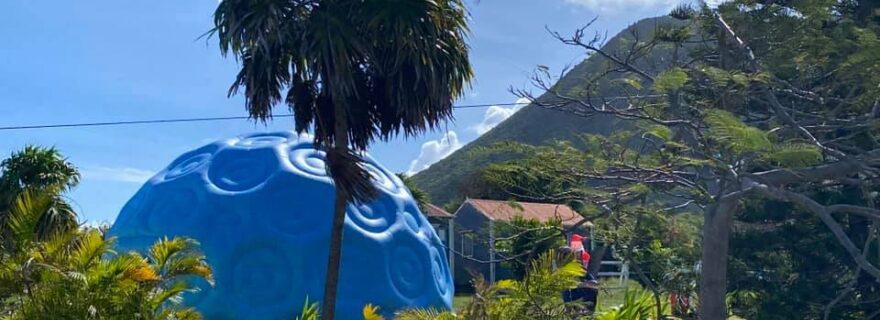
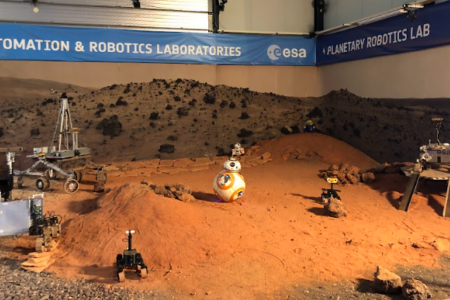


0 Comments
Add a comment